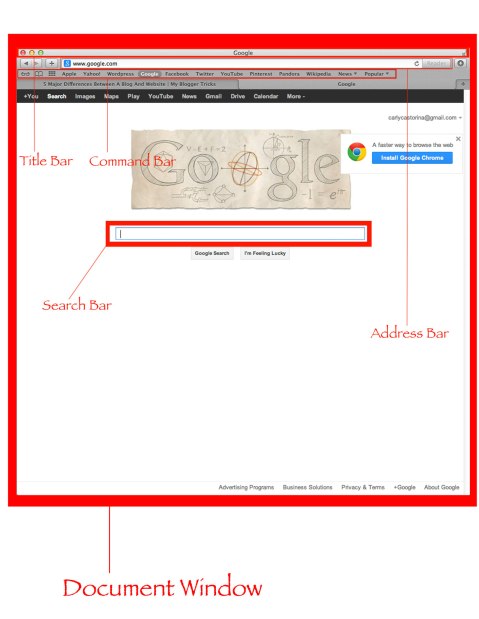Planning
1. What is your domain name? http://www.carlyart.com
2. Is your domain name currently available? no
3. What is the purpose or goal of your website? to have a portfolio web page
4. Who is your target audience? Who will visit your site? anyone who likes art. people who know about it or search for some thing o it
5. What topics or concepts do you want to cover? all my art work
6. How much information will you present about each topic and how will you present it? ill explain what each pice is and how it was created, with an explanation at the bottom of each post
7. What will attract your target audience to your Web Site? the home page will be interesting and will make people want to stay to look at every thing
8. What methods will you use to keep your audience returning to your site? things will constantly be added
9. What changes will you have to make to keep your site updated? take all my new art work and add new pages for each of them
10. Will you have a common logo or theme on all of your web pages? yes
11. Are these images readily available? yes
12. What images will you have to locate? none
13. What images will you have to create? maybe a few for the home page, just small doodles
14. How many images per page will you have? at least one, maybe two or three depending on the page
15. Do your selected colors work well with your goal? i think so
16. Did you use a color palette generator (Kuler) to select a well-balanced set of colors? yes
Examples
1. Name example of an internet service provider – ISP: Time Warner Cable
2. Name example of an online service provider – OSP: Wikipedia
3. List 5 different internet browsers Safari, Firefox, Google Chrome, Internet Explorer, Opera
4. List the difference between a website and a blog: blogs are more informal than websites. In a website, the major content stays the same, the person in charge can add ore pages or links, in a blog only the most recent posts are displayed and change all the time. Blogs are updated almost daily. Blogs provide a commenting system. Blogs are constantly crawled by search engines to find newest content.
Definitions
1. Internet:s a global system of interconnected computer networks that use the standard internet protocol suite (TCP/IP) to serve billions of users worldwide.
2. WWW: world wide web
3. HTTP: hypertext transfer protocol
4. URL: uniform resource locater
5. IP address: Internet Protocol address is a numerical label assigned to each device
6. hyperlink or link:is a refrence to data that the reader can directly follow, or that is followed automatically
7. website: set of related web pages served from a single web domain.
8. home page:When the user first opens a web browser, it automatically brings you to this page, which is also sometimes called the start page
9. index page: same as home page
10. search engine:software code that is designed to search for information11. domain name:
12. server:a physical computer dedicated to run one or more services to serve the needs of the users of other computers on a network. Depending on the computing service that it offers it could be adatabase server, file server, mail server, print server, web server, gaming server, or some other kind of server.
